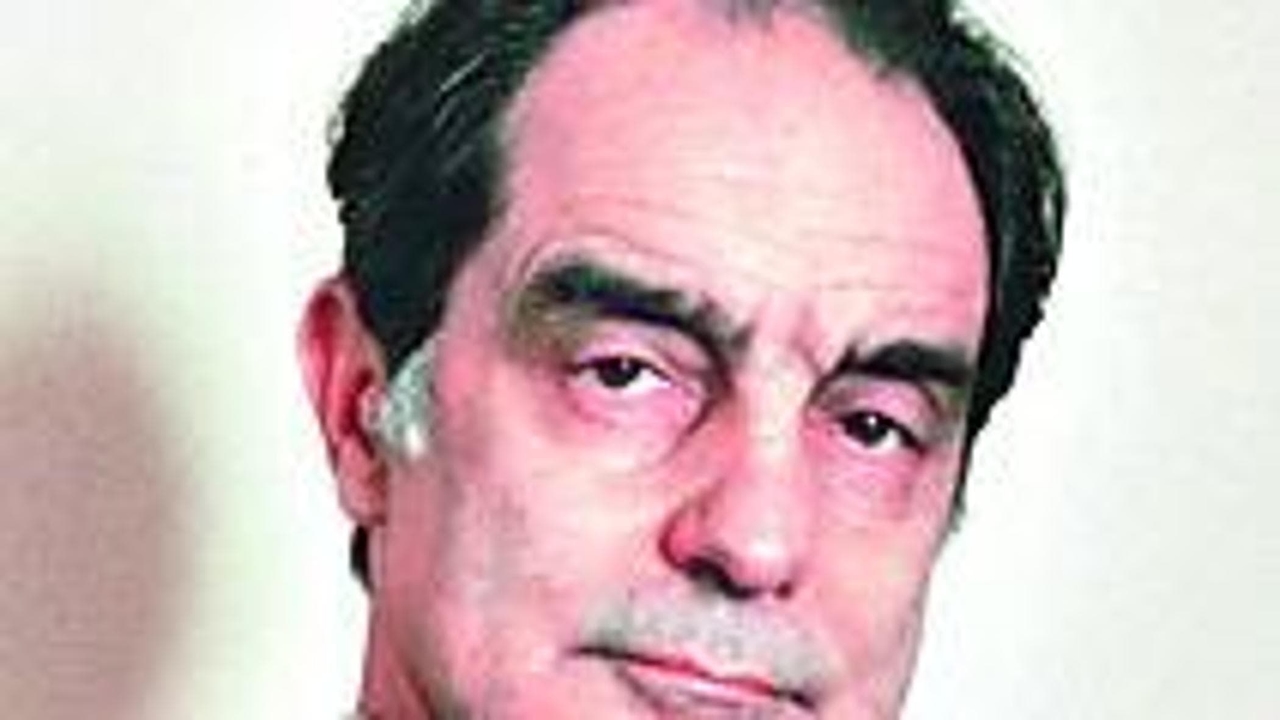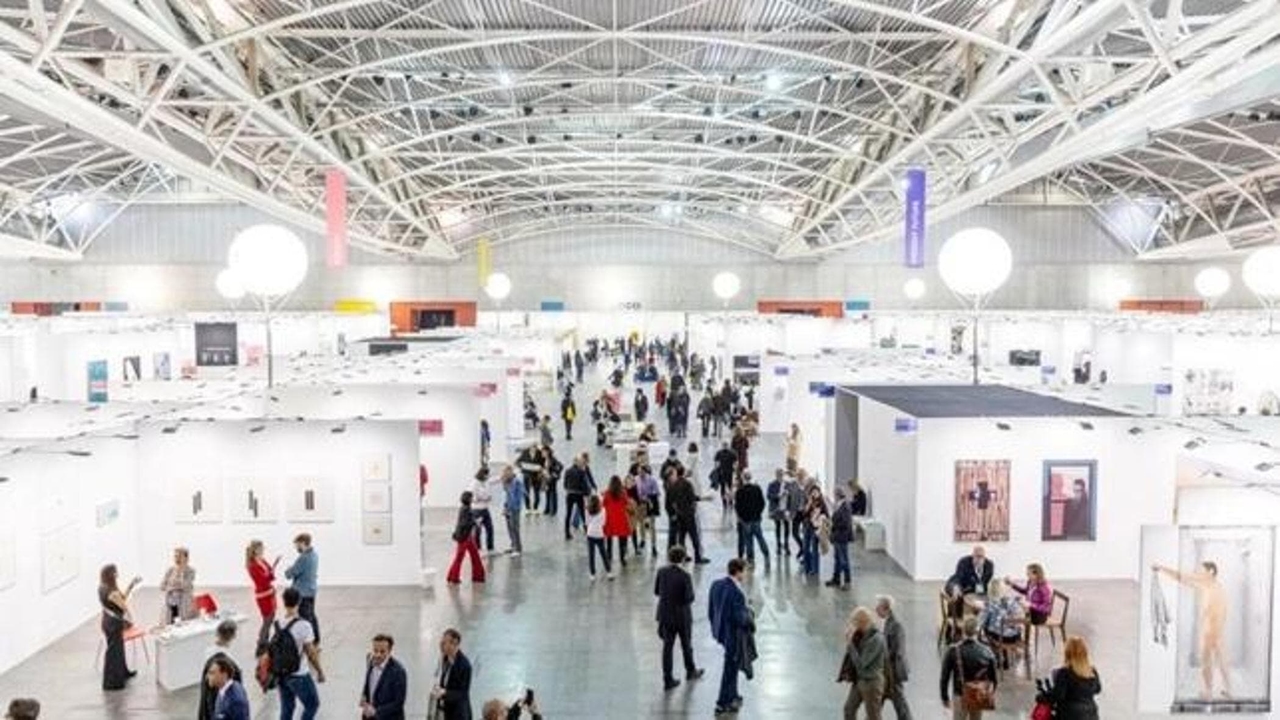How Noble Is the Artist's Stealing. A Dialogue Between Pericoli and Calvino

Who better than Italo Calvino knew what it meant to descend (or ascend) through the branches, that is, to acknowledge an ancestry, he, the architect of a baron in the trees? Who better than Tullio Pericoli , from Colli del Tronto in the Marche, can freely display Leopardi's laissez-passer: "Stealing what belongs to others is absolutely not repugnant to nature"?
It has the feel of a who knows to what extent involuntary American lecture, Furti ad arte (now published by Henry Beyle), a rediscovered conversation between "the squirrel of the pen," who passed away forty years ago, and the philosopher with the pencil, the one who "thinks in images," as Calvino himself identified Tullio Pericoli. This Enlightenment promenade around the noble exercise of "stealing" dates back to 1980. From art (Klein's blue mirroring Soulages' black, for example) to journalism ("An interview is a stolen article," according to Longanesi), to literature (when Borges observed that men, over the centuries, have always repeated two stories: "that of a lost vessel searching the Mediterranean seas for a beloved island, and that of a god who is crucified on Golgotha").
Tullio Pericoli
(frame)This morality play begins with a confession: Stealing from Klee , the title of the Milanese exhibition at the Galleria Il Milione, which gave rise to the conversation. It is a meditation on language, Thefts on Art . Between two intellectuals "in search of possible forms, which do not exist in reality but exist because they are possible." How to say the unspeakable, how to force fate, on the page and in the studio? Calvino and Pericoli in unison, if Calvino will dedicate the Cosmicomics old and new to his friend, calling them "the most Pericoli-like of my books." In the spirit of Qfwfq, "a human eye (or a wink) projected onto the reality of a world that seems increasingly resistant to words and images."
It is a range of elective affinities , artful thefts . Thus, Robert Louis Stevenson is included in Calvino's family tree (among his "genetic" authors, with a "visionary and spectacular streak" honored in the lecture on Visibility). Thus, in the heart of Tullio Pericoli, who will design and redesign the Scottish writer's ideal home for Adelphi, each room a slice of a fabulous world, sailing toward an unbreakable treasure island.
A work by Tullio Pericoli which, like the one below, illustrates Furti ad arte , the rediscovered dialogue between the artist and the writer Italo Calvino
Everyone, in a Montalian way, recognizes their own (Montale, who let Pericoli drive him in an old Fiat 500 to Via Bigli from the Corriere ; Montale , for Calvino, was "the only philosopher I was able to follow systematically, in my youth"). Montale, faced with Klee 's fragmentation, warns: "He has no intention of producing fragments, parts of an imaginary whole: his aim is to imprison a thrill that allows the viewer or reader to become the author himself for a moment."
A work by Tullio Pericoli which, like the one below, illustrates Furti ad arte , the rediscovered dialogue between the artist and the writer Italo Calvino
The theft of the author that is reading itself. As Calvino agrees: "There is this thing there, closed, this object from which something locked inside is stolen. There is a break-in, there is a burglary in every true reading. Naturally, paintings and literary works are constructed specifically to be robbed, in this sense."
The theft which is reading, and which is translating, and which is copying (Calvino who recalls the Borgesian story of Pierre Menard , author of a book identical to Don Quixote and yet, being “his”, with a different meaning; Pericoli which harks back to the concept of imitation, theorized, in the eighteenth century, by Joshua Reynolds).
Neither Calvino nor Pericoli mention it, but their dialogue seems to suggest the "plotting," the "theft," according to Francesco Arcangeli : "And it could not be, therefore, if not by plotting through transmission, but at the same time also through transformation. The meanings of the work become 'inexhaustible' within the life of history, which, for my generation, has never been history with a capital H of historicism, but a human, troubled awareness of the passing of time."
©ALL RIGHTS RESERVED
repubblica




